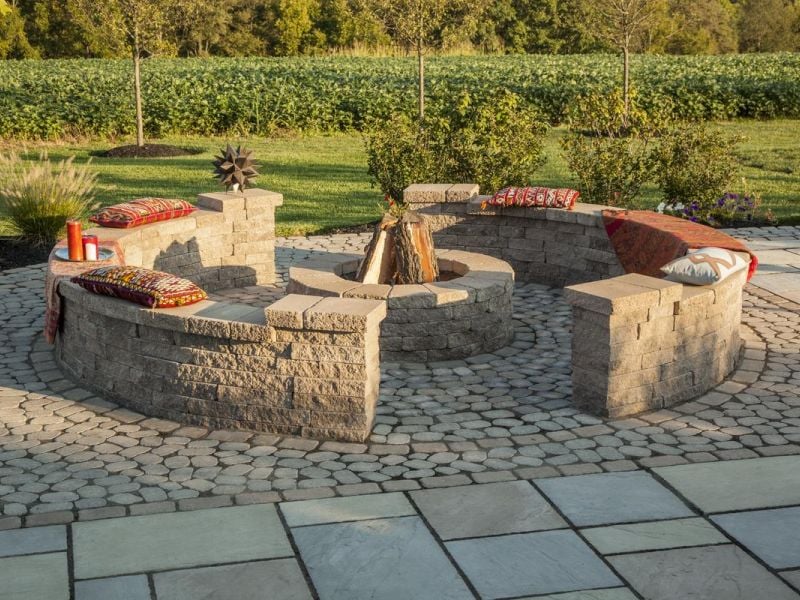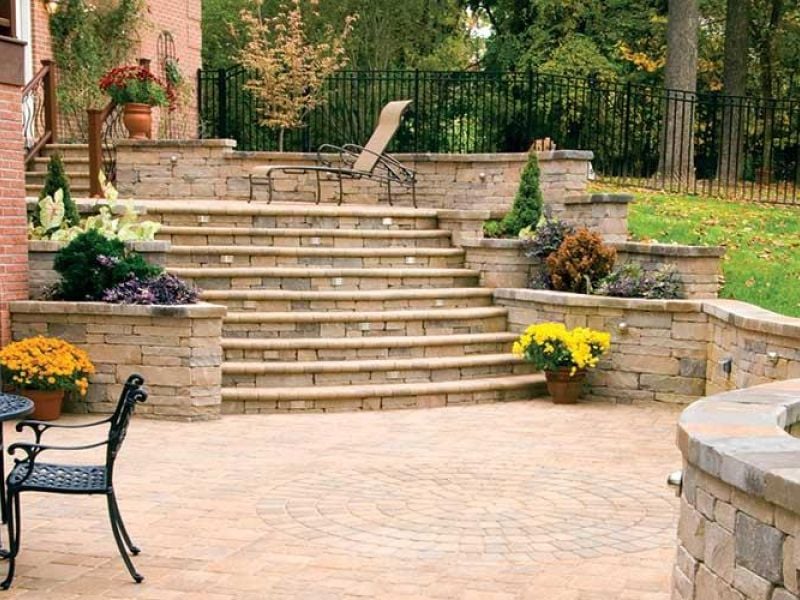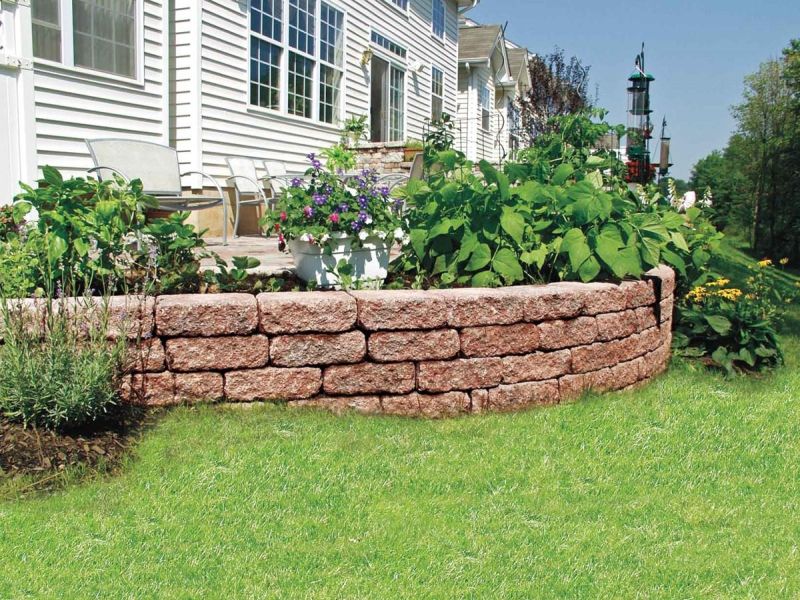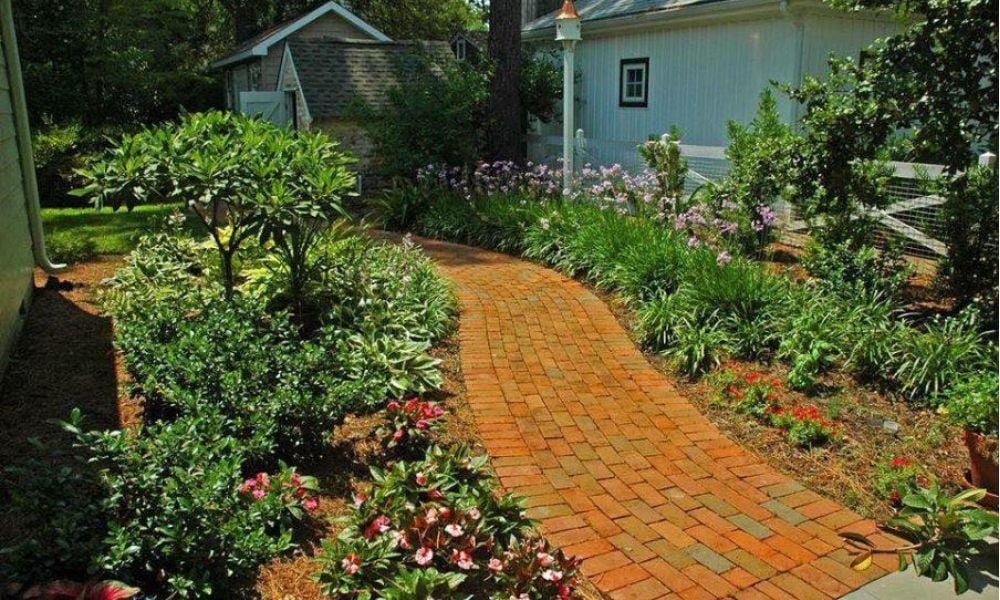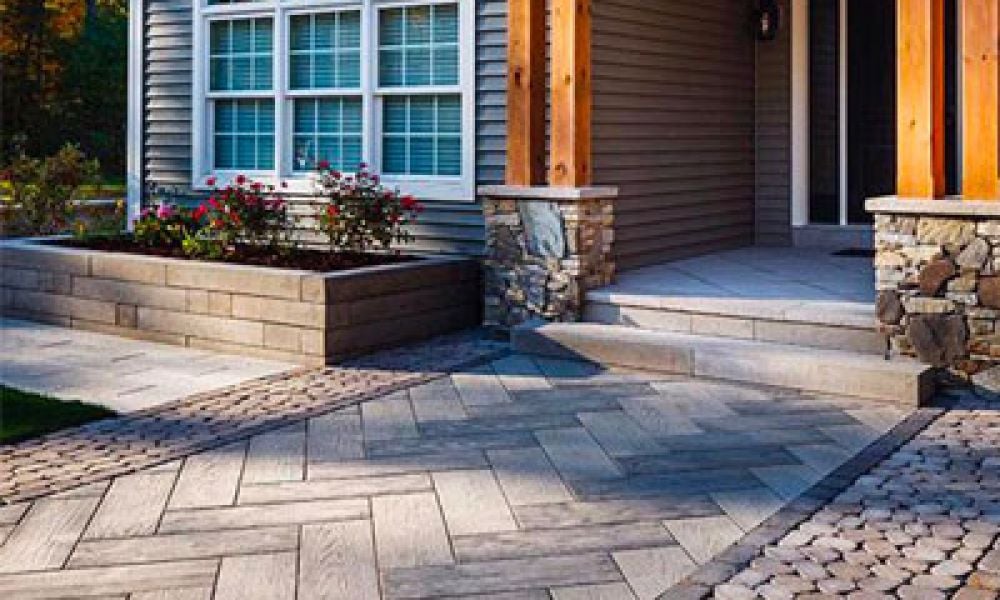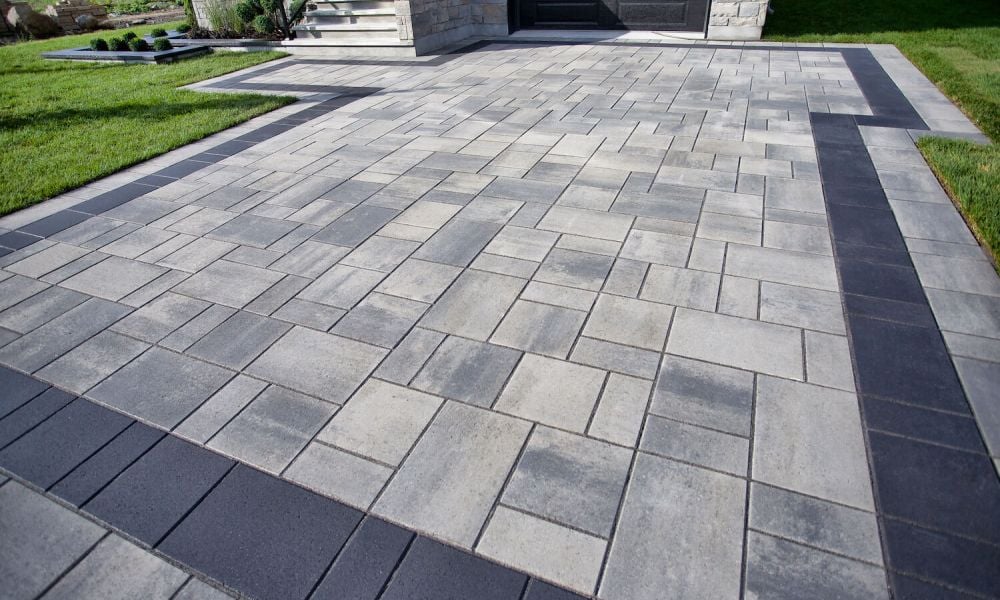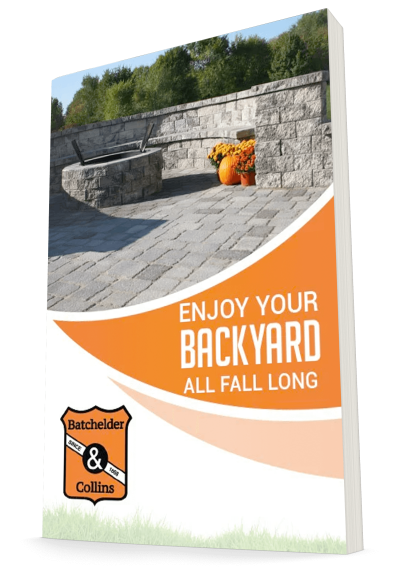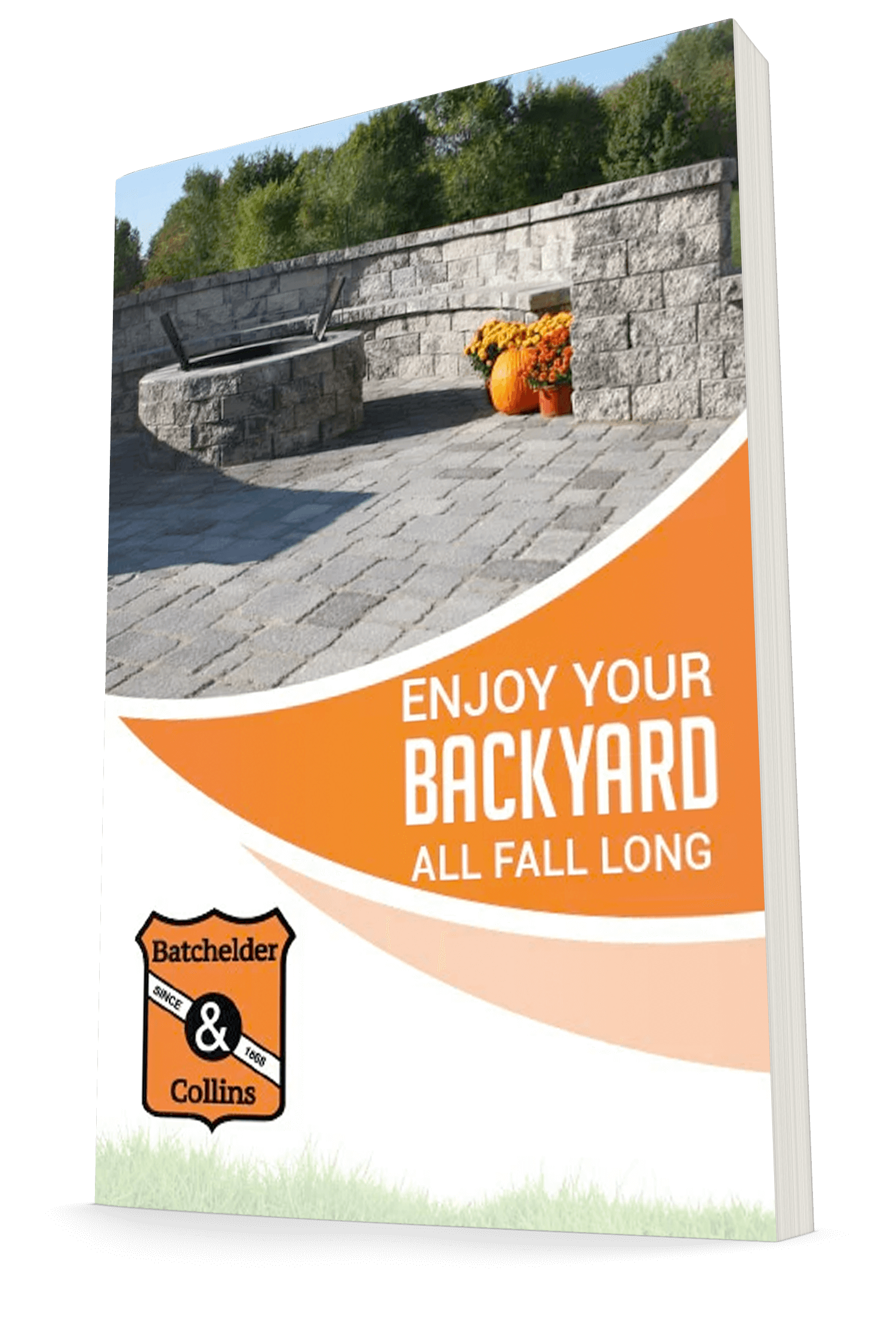Wall Systems in Norfolk
Key Takeaways:
- Retaining walls can add function and aesthetics to your property.
- Many retaining walls are built using concrete products like pavers, but you have a wide variety of options to choose from.
- A retaining wall system is designed to hold back soil and create elevation differences.
- Homeowners can benefit from retaining walls, as advanced landscape design can increase property value.
A retaining wall can be a critical aspect of a home improvement project, and constructing one requires the consideration of several integral factors. Selecting the appropriate materials means you have to consider both the aesthetics of the material and how well it can support the wall’s structural integrity. With the technical details and plethora of options available, it is easy to get overwhelmed by the endeavor.
Choosing the right materials for your retaining wall project is one of the most important aspects of your entire effort, as the consequences of the wrong choice can be severe. Not only will the wall not look how it needs to, but it may not even function properly and could deteriorate the property’s value overall.
Fortunately, Batchelder & Collins is happy to provide a solution to these challenges. With our extensive experience, we offer a diverse range of high-quality materials for your retaining wall construction needs. Take a closer look at the wall systems you can utilize.
Different Types of Wall Systems For Your Home
Wall systems for your home don’t solely exist for aesthetics. While the design is important for appearances, it’s also important to consider function. Here are some of the different types of wall systems you may want to use at your home.
Retaining Wall
Retaining walls are used to keep the landscape in place when there is a significant shift in elevation. They act as a transition between higher ground and lower ground by keeping the higher ground from slipping downwards. Their design specifically resists horizontal pressure to keep the higher ground in place.
Garden Bed
Most of the time, a garden bed wall will be less than a foot tall and designed to separate your mulch garden area from the rest of your outdoor area. It may keep garden edging separate from a walkway or a part of the lawn that is not used for gardening.

Fire Pit
A fire pit wall creates a safe place to light a fire outside. These walls are relatively small, but their integrity is paramount to ensure the fire doesn’t spread outside the designated area.
Perimeter Wall
A perimeter wall surrounds a piece of property. It can border a particular area, like a backyard, or it can surround one’s entire property. Essentially, it functions as a fence would, but a wall offers greater protection and a different aesthetic.
Common Types of Retaining Walls and Their Uses
When it comes to retaining walls, you have several different options available to choose from, and they each have unique offerings that could be perfect for your next project. Whatever kind of wall you need, Batchelder & Collins have the necessary supplies to build them.
Gravity Retaining Wall
A gravity retaining wall is usually constructed using dry-stacked concrete masonry units, though stone or poured concrete can work, too. Its strength comes from its immense weight. Make sure that its width is half as thick as its height.
Anchored Retaining Wall
With an anchored retaining wall, you’ll have a thin wall that is useful for limited space while still offering high strength. Their construction requires the use of anchors, which are typically wires or cable rods that have concrete-filled ends. With the anchors in place, the wall is resistant to sliding pressure and overturning.
Sheet Piling Retaining Wall
If you are looking for a material other than concrete, a sheet piling retaining wall may be what you need. These walls utilize steel sheets that are driven into a slope. They are not as strong as their concrete counterparts and the wall height can only be 20 feet at most to remain economical, but they can work for certain circumstances.
Cantilevered Retaining Wall
Cantilevered retaining walls function similarly to gravity retaining walls, but they require less material overall. Because of this, they tend to be less costly to construct. They work using either an L-shaped foundation or an inverted T-shaped foundation made from reinforced concrete with a stem and a base slab. The base slab is set under the backfill, while the stem is visible from the outside.
What Materials Are Used to Build a Wall System?

Several different materials can be used to build a wall system. The right material depends on what you plan to use the wall for, the type of wall you build, and the aesthetic you want the wall to have. Here are some of the most common materials used for retaining wall blocks, capping, and structures.
- Aluminum
- Block masonry
- Brick masonry
- Concrete
- Steel
- Wood
How Long Do Retaining Walls Last?
The longevity of your retaining wall depends on the material used for it. Concrete blocks and stone, for example, easily last for years when properly cared for, but wood can degrade much faster since it is vulnerable to termites. Additionally, poured concrete can be prone to cracking over time when supported by anchors like steel rods.
Why Our Customers Choose Batchelder & Collins
When you source your materials from Batchelder & Collins, you can enjoy a one-stop shop for all of your hardscaping needs. Take a look at what some of our previous customers had to say about our selection and services.
Testimonials
“A very helpful staff. My little brother came in to get some estimates for his Eagle Scout Project. The nice lady at the front desk, Karli Woodard, helped my brother for probably a solid hour with pricing and perhaps even an opportunity for discounts on his project. Overall, it was a very welcoming and knowledge-gaining experience for all involved parties. I would 100% recommend for anyone with stone and mortar needs.” — Ryan R.
“We worked with Ben Powell, who provided a really impressive level of on-site service, from researching the right match for existing brick on a historic house to helping us connect with a high-quality mason to do the work and getting deliveries to us on schedule. Ben took the time to get to know our needs, always stayed in close communication, and followed through, even after the job was done, helping us sell off some unused bricks and recoup some savings! These folks are a beacon of integrity, service, and tradition in the Norfolk / VA Beach area masonry trade. Highly recommend.” — Andrew S.
“Staff are very friendly and provided excellent service. We worked with Karli, and she was very knowledgeable about the various product lines they carried and made our selection process quick and simple.” — Matthew N.
Frequently Asked Questions About Wall Systems
Do I Need a Permit to Build a Patio in Norfolk?
Yes, you will need either a building permit or a zoning permit if you qualify for an exception to a building permit.
How Do You Install a Retaining Wall on a Slope?
Installing on a slope requires excavation before you begin laying bricks or building the wall. Once the building area is clear and level, however, you can begin. Just make sure to keep adding aggregate backfill throughout with crushed gravel to prevent weed roots and allow for drainage.
How Long Does It Take to Build a Retaining Wall?
How long it will take to build a DIY retaining wall depends on the size and material of the wall, but it generally takes about 20 to 30 hours to complete, even if you don’t have much handyman experience.
What Are the Benefits of a Retaining Wall?
- Offers structural support
- Improves flood control
- Prevents soil erosion
- Adds functional space
- Improves aesthetics
How Expensive is it to Build a Retaining Wall?
The cost of building a retaining wall varies based on the size and material. On average, it costs about $6,000, but smaller walls can be as little as $1,200. The more pallets of material you use, the higher the cost is going to be in general.
Looking For Materials? Look No Further
If you are looking for materials to build a retaining wall in Norfolk and the Hampton Roads area, look no further than Batchelder & Collins. We’re your one-stop shop for all your hardscaping needs so you can complete projects that will put your property on the map. Give us a call at 757-625-2506 or fill out our online contact form to get started.








